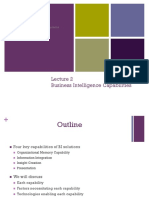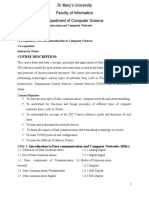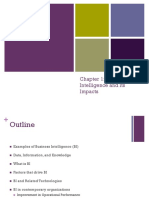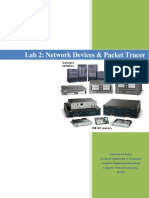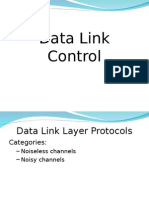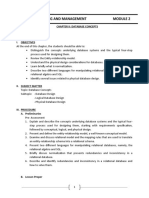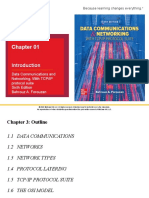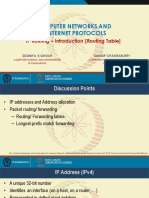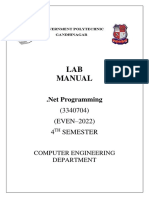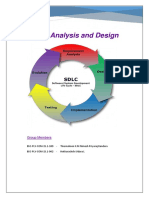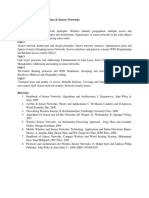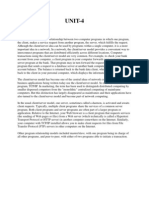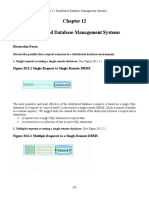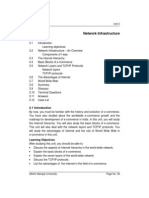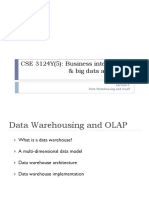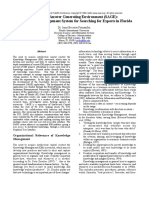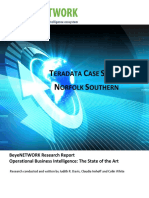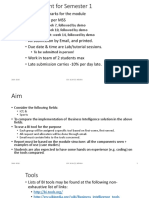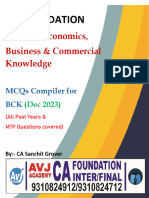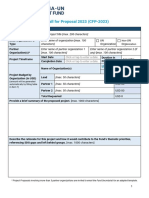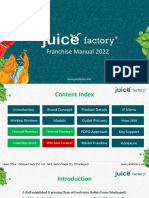0% found this document useful (0 votes)
159 views39 pagesOrganizational Memory & ERP Systems
This document discusses technologies that enable organizational memory and knowledge management. It describes how enterprise resource planning (ERP) systems capture transactional data across business processes to provide an organizational memory. It also discusses how data warehousing extracts and stores data from various sources to provide a centralized source of data for business intelligence analysis. Dimensional data modeling techniques are commonly used to design data warehouses and support querying and reporting on the stored data.
Uploaded by
Nelvin TowokulCopyright
© © All Rights Reserved
We take content rights seriously. If you suspect this is your content, claim it here.
Available Formats
Download as PDF, TXT or read online on Scribd
0% found this document useful (0 votes)
159 views39 pagesOrganizational Memory & ERP Systems
This document discusses technologies that enable organizational memory and knowledge management. It describes how enterprise resource planning (ERP) systems capture transactional data across business processes to provide an organizational memory. It also discusses how data warehousing extracts and stores data from various sources to provide a centralized source of data for business intelligence analysis. Dimensional data modeling techniques are commonly used to design data warehouses and support querying and reporting on the stored data.
Uploaded by
Nelvin TowokulCopyright
© © All Rights Reserved
We take content rights seriously. If you suspect this is your content, claim it here.
Available Formats
Download as PDF, TXT or read online on Scribd
/ 39
